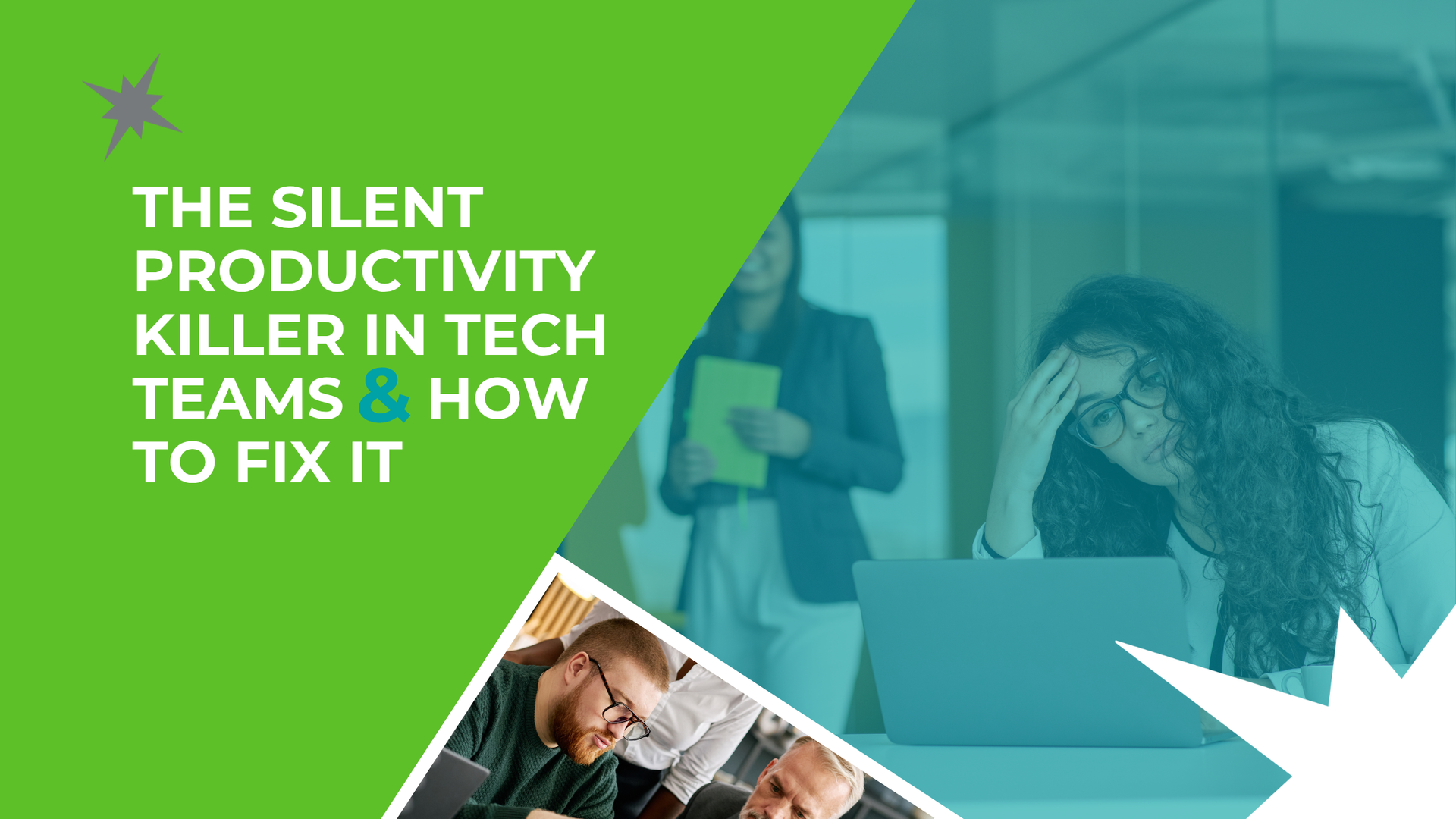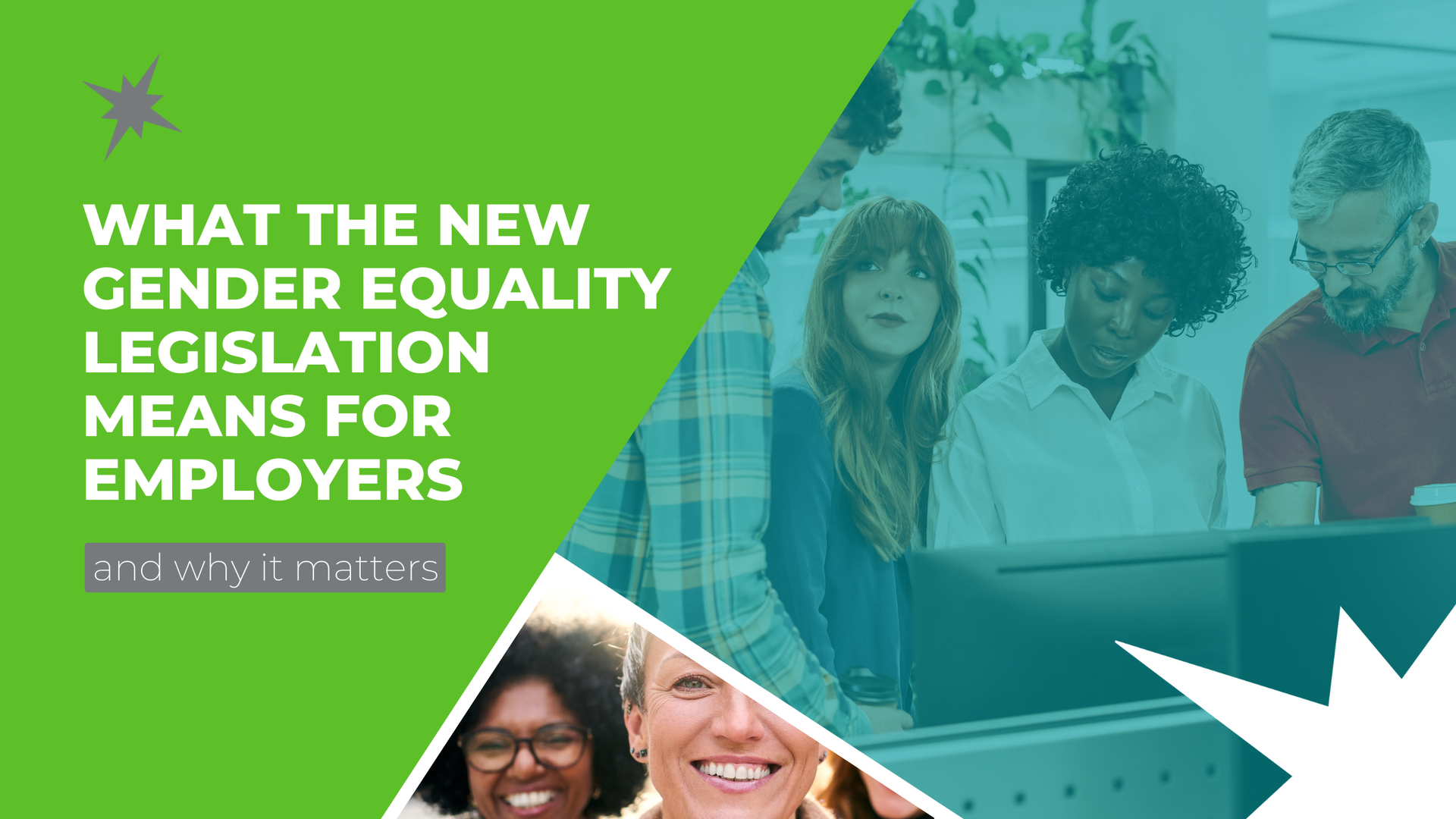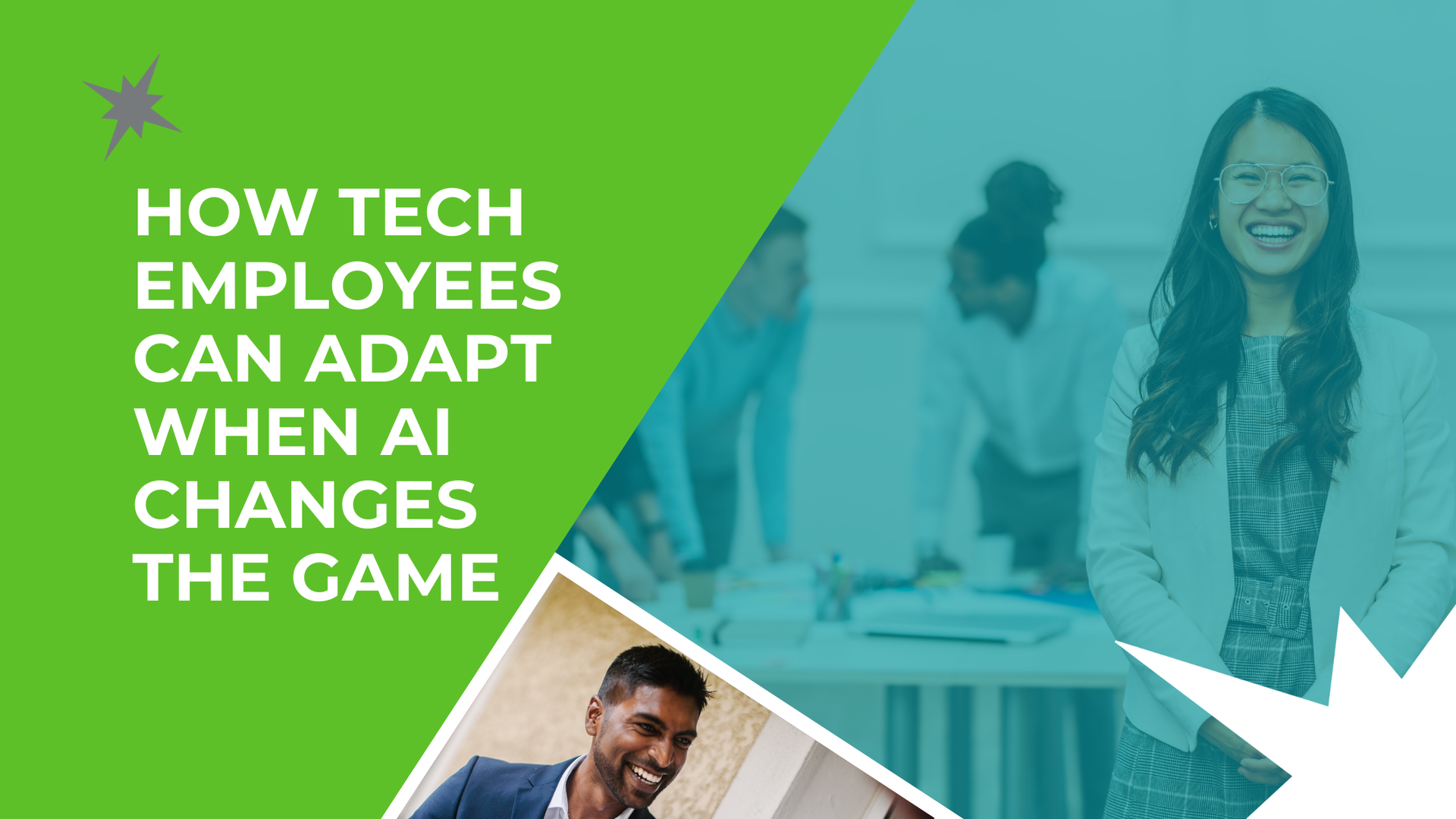News & Insights
< Back to Blogs
Four Steps to Shortlisting Candidates Effectively

So, you’ve advertised a job vacancy, the applications are flooding in, and you’re working to a tight deadline. It’s time to narrow down your selection, but even for experienced managers, shortlisting can be a tough exercise. It doesn’t have to be a struggle, but there are multiple factors to consider. To help you streamline your recruitment process, here are some tips to shortlisting candidates effectively.
Look at the Essential/Desirable Criteria
Before you can narrow down your talent pool, it’s important to have a proper understanding of the role and its requirements. This process should really begin before you advertise the vacancy, and starts with the job description. Take the time to create a profile of an ideal candidate, so you know what you’re looking for. Decide on the essential criteria a candidate must have, and any desirable traits that would make them more appealing.
It’s important to know the skills and experience required for the role, as well. After setting these standards, stick to them – it will certainly save time as you’ll be able to quickly reject the applicants who fall short.
Pre-Screening Candidates
The goal here is to reduce the number of candidates into a manageable shortlist for the next stage, including only those who you believe can genuinely do the job. To simplify this process, ask yourself a couple of key questions:
- Does the candidate have the essential skills, qualifications and experience?
- Do they seem motivated to join the organisation (a good cover letter will provide further insight into this)?
In some cases, you’ll find applicants that don’t meet all of the essential criteria, but have other attributes that make them stand out from your pile of resumes. It might be something you hadn’t considered previously, or an indication of future potential. Either way, make sure you fully understand what it is that makes this person stand out – should you need to justify your decision with other stakeholders involved.
Make the Most of Phone Interviews
Whilst in an ideal world, you’ll be able to reduce your stack of resumes to a select few who will be brought in for an interview, it doesn’t always work out that way. If you find yourself with a shortlist that is still too large, phone interviews can be a great asset to reduce the time-consuming process of a face-to-face interview.
For example, if you have concerns about where someone lives (and whether it is a viable commute), it’s something that could easily be discussed over the phone. Although not a replacement for face-to-face interviews, it’s still a critical phase of the shortlisting process.
The Face-to-Face Interview
While a candidate’s resume will usually present a good picture of their skills, experience and attributes, it can be difficult to make a call on whether they’re going to thrive in the culture.
As well as being a critical step in deciding if they would be successful (plus getting to know them), it’s also a great opportunity to get a better understanding of their level of motivation. To help you gauge whether the candidate’s characteristics will align with those of your company, ask yourself:
- Does the applicant appear to enjoy their work?
- Do they seem excited about the new opportunity?
- Will they share the company’s vision?
- Will they be proud to work for the company?
While cultural fit is important, keep an open mind and think about what may be lacking in your culture too. Is there something that potential employees could add to it? After all, you don’t want to eliminate employees without good reason.
Summary
When hiring, wading through applications is an inevitable part of that process. You don’t want to lose good candidates to competitors, so move quickly and keep them engaged throughout – you don’t know what other roles they might be considering as well! If you’re in need of support in shortlisting IT professionals for your organisation, don’t hesitate to get in touch – we’re more than happy to help!
Share This Article
Recent Articles

Filter By Category
Subscribe to our News & Advice












